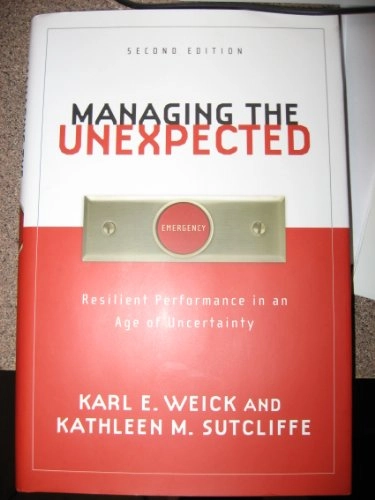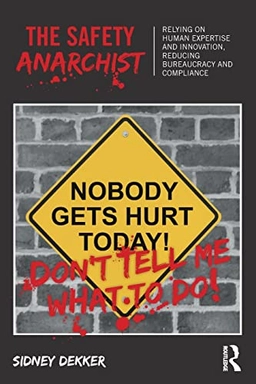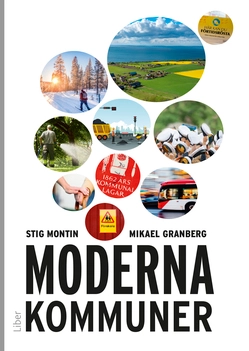

Managing the Unexpected: Resilient Performance in an Age of Uncertainty, 2nUpplaga 1
- Upplaga: 1a upplagan
- Utgiven: 2007
- ISBN: 9780787996499
- Sidor: 208 st
- Förlag: John Wiley & Sons
- Format: Inbunden
- Språk: Engelska
Om boken
Åtkomstkoder och digitalt tilläggsmaterial garanteras inte med begagnade böcker
Mer om Managing the Unexpected: Resilient Performance in an Age of Uncertainty, 2n (2007)
I augusti 2007 släpptes boken Managing the Unexpected: Resilient Performance in an Age of Uncertainty, 2n skriven av Karl E. Weick. Det är den 1a upplagan av kursboken. Den är skriven på engelska och består av 208 sidor. Förlaget bakom boken är John Wiley & Sons som har sitt säte i Hoboken.
Köp boken Managing the Unexpected: Resilient Performance in an Age of Uncertainty, 2n på Studentapan och spara pengar.
Referera till Managing the Unexpected: Resilient Performance in an Age of Uncertainty, 2n (Upplaga 1)
Harvard
Oxford
APA
Vancouver



















